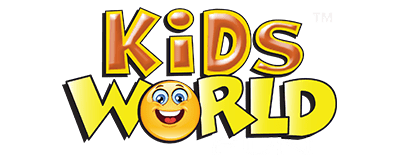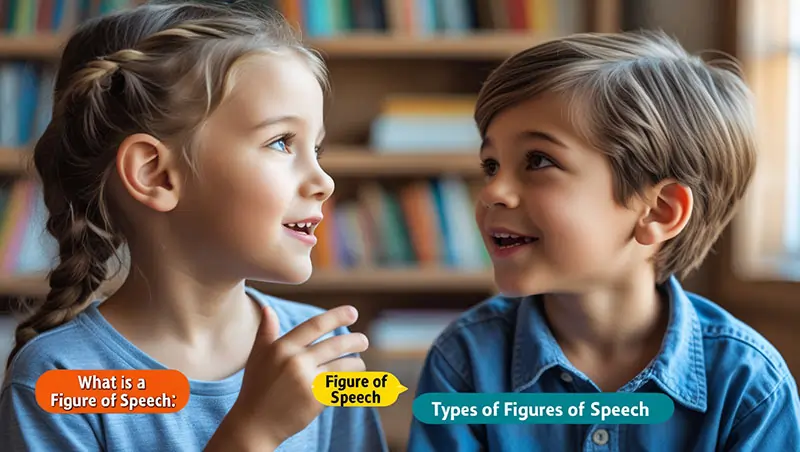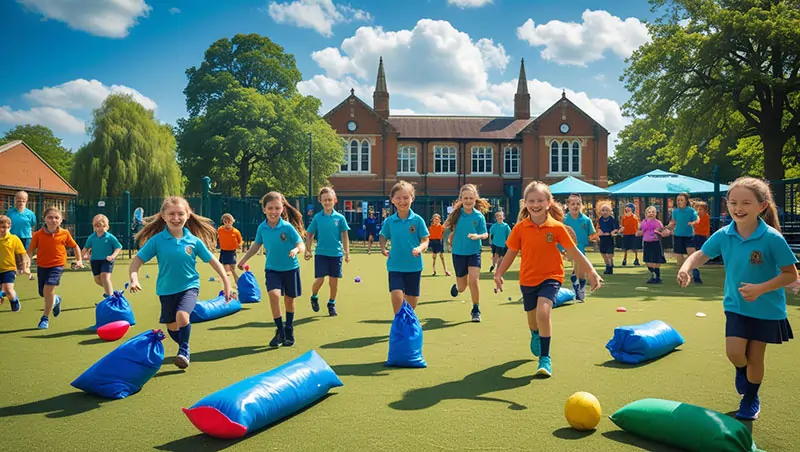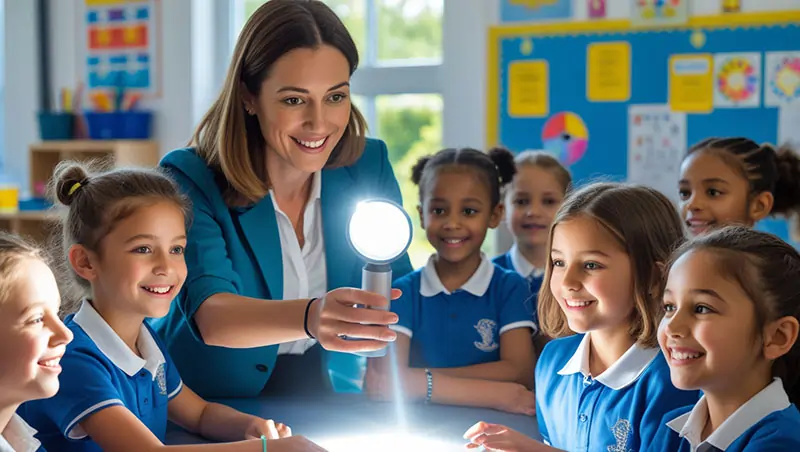What is a Figure of Speech: Definition and Examples
Language is an art, not only a tool for communication. Like every piece of art, it features vivid, expressive, and beautiful colors and strokes. Figure of speech is among the most artistic features of language. You will find these vivid expressions all around you whether you are reading poetry, listening to a story, or even viewing a commercial. The definition of figure of speech will be discussed in this article together with information on the several forms of figure of speech, figure of speech examples, and how to teach these ideas to children in an interesting and entertaining manner.
1. Opening—Describe a Figure of Speech
A figure of speech is a word or phrase used in a non-literal way to generate a rhetorical or vivid effect. Figures of speech employ artistic expressions to make language more interesting and unforgettable than direct language expression.
Meaning of Figure of Speech:
A figure of speech is a rhetorical device or style of expression whereby words are used in a unique way to provide writing or speech more emphasis, clarity, or freshness.
For example:
The classroom was, for instance, a zoo.
(Here, the classroom suggests noise or anarchy rather than being exactly a zoo.)
2. Why Speak Figures? Are crucial
Figures of speech deepen and improve the beauty of language. They support adding imagination and passion to writing.
- Craft vivid images to enable the reader to picture the material.
- Especially for young children, make language entertaining and interesting.
- Clearly, in a relevant manner, present difficult concepts.
- Boost your ability to communicate—in writing as well as speech.
Figures of speech help to transform everyday words into forceful messages. For authors, poets, speakers, and even young language learners, they are an invaluable tool.
3. Figures of Speech: Kinds
Though there are several forms of figures of speech, here are seven of the most often used ones together with basic explanations and samples:
a) Simile
A simile compares two different things using the words like or as.
Example:
She is, for instance, as courageous as a lion.
b) Metaphor
While it does so directly without using like or as, a metaphor also contrasts two different things.
Example:
Time is a thief, for instance.
(It means time passes fast and can rob events just like a thief.)
c) Personification
Personification gives non-human things or animals human characteristics.
Example:
The sun smiled at us, for instance.
(The sun generates a pleasant, warm feeling even though it does not literally smile.)
d) Hyperbole
Hyperbole is a humorous or stressing exaggerated statement.
Example:
“I’ve told you a million times!”
e) Alliteration
Alliteration in a sentence or phrase is the repeated same consonant sound at the start of each word.
Example:
“Sally sells seashells by the seashore.”
f) Onomatopoeia
Onomatopoeia is the imitation of natural sounds by words.
Example:
“The bees buzzed in the garden.”
g) Irony
Often for dramatic or humorous effect, irony is saying something that defies expectations.
Example:
Saying “Great weather!” during a thunderstorm.
Each of these types of figure of speech gives sentences more depth and special impact, enhancing the richness of communication.
4. Simple Exercises for Kids
Children might have great fun learning figures of speech! These are some straightforward, relevant figures of speech for young readers:
| Type | Example | Explanation |
| Simile | He moves as quickly as a cheetah. | Compares speed with a cheetah by means of “as”. |
| Synergy | The classroom was an oven. | Means the classroom was quite heated. |
| Personification | The wind whispered through the trees. | Provides the wind with human-like behavior. |
| Hysteria | I could eat a horse; I am so hungry! | Exaggeration to depict intense hunger |
| Alliteration | Peter Piper picked a peck of pickled peppers. | Variations of the “p” sound |
| Onomatopoeia | Boom! The sky exploded with fireworks. | “Boom” sounds like an explosion. |
| Irony | What a fantastic day it is! (when it’s raining) | Means the reverse—used for effect. |
5. How to Instruct Young Children in Figures of Speech
Children can learn as well as have fun from different kinds of figure of speech instruction. These are some useful hints:
a) Draw on Poems and Stories
Figures of speech abound in the books and rhymes children produce. Read aloud and go over instances with children.
b) Visual References
Choose images and cartoons that capture metaphorical language. Show a picture of a cat sporting a hat, for “rainy cats and dogs,” for instance.
c) Activities Including Quizzes and Games
Make matching games whereby children match the kind of figure of speech with its example. Also use fill-in-the-blank assignments.
d) Support Creative Writing
Children should create brief simile or metaphorical poetry or stories. This lets them use what they discover in practice.
e) Act Out
For statements like “He’s a ticking time bomb,” let kids pretend what they believe it implies. Drama supports learning by means of its emotional resonance.
f) Utilize Songs
Figures of speech abound in many children’s songs as well as in even popular tunes. Talk about and name songs you two enjoy.
Related reading: Reported Speech (Direct and Indirect Speech)
6. Printable Activity or Worksheets
These worksheet or activity ideas for teaching figures of speech help to make learning interactive:
First Activity: Match The Type
Write on a two-column worksheet. One column contains samples; the other lists varieties of figure of speech. Children sketch lines that fit them.
Second Activity: Create Something Own
Give kids sentence starters like: “The car roared…,” (onomatopoeia); “The moon is like…,” (simile). Let them finish the sentences anyway they choose.
Third Activity: Name And Color the Objects
Tell a brief narrative or poem bursting with several figures of speech. Children should color-code every one of them – that is, similes in blue, metaphors in red.
Fourth Activity: Figure of Speech Bingo
Create several figure of speech bingo cards. Point out instances, and children mark the right type on their card.
Fifth Activity: Comic Strip Creation
Children create a comic strip in which the dialogue or narration employs at least three varieties of figures of speech.
These exercises provide practical, enjoyable, and unforgettable hands-on instruction in figure of speech.
7. Final Thought—Notes of Recap and Learning Strategies
Let us briefly go over what we have discovered to sum up.
- A figure of speech is a creative approach to employ language to increase its expressive power and appeal.
- Among the several forms of figure of speech are simile, metaphor, personification, hyperbole, alliteration, onomatopoeia, and irony.
- These words inspire imagination, enable us to clearly depict objects, and effectively transmit ideas.
- Children can learn figures of speech by means of creative activities, games, stories, and images.
Learning Advice:
- Start small and progressively advance knowledge.
- Use common sense examples to inspire children to create their own.
- Make it playful – learning is most effective when it feels like fun.
Learning figures of speech helps one not only with language but also with confidence in writing and communication. Knowing and applying figures of speech gives your words a creative sparkle regardless of your position—that of parent, teacher, or student.



